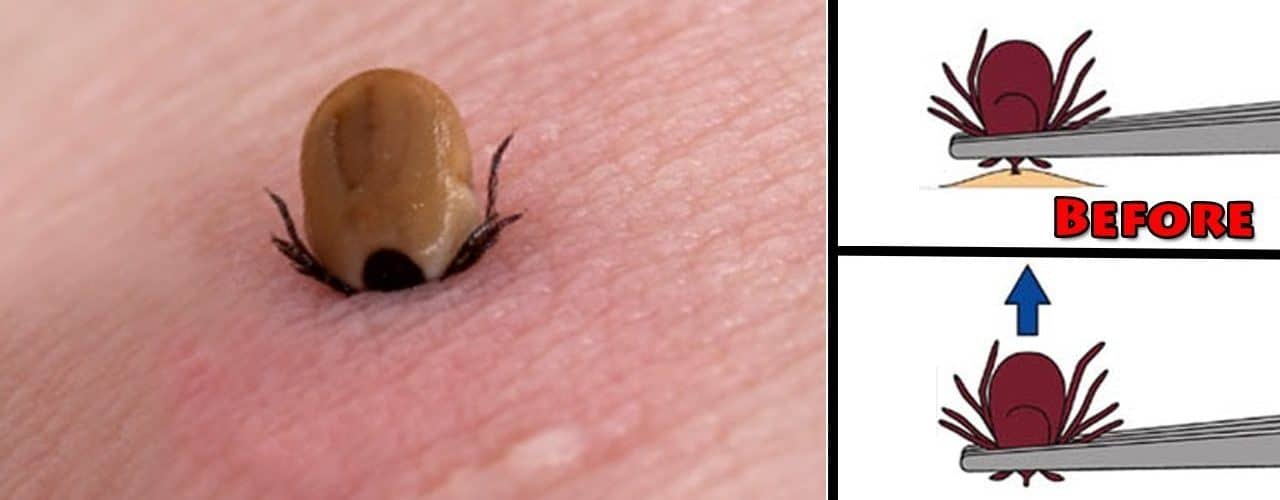Summer is a time of cookouts, swimming, hiking, camping, and any other number of outdoor activities that are fun and harmless. However, with the outdoor summer fun and sun often comes those pesky little bugs called ticks. Ticks are small, blood-sucking mites that most often feed off of large animals such as deer, but will attach themselves to humans if they are around and have exposed skin available. It is important whenever you return from a long, fun-filled day outside to check your entire body over very carefully for ticks. Make sure you carefully check over every part of your body, including your scalp and any hard to see areas.
If you have found a tick while checking, the best way to remove it from your skin is to pull it out with the head intact. Make sure you have a pair of tweezers on hand. Take the tweezers and grasp the head of the tick, which is the part that is the closest to your skin. Do not grasp the body of the tick with the tweezers as you may accidentally push fluid from the tick into your body that can cause infections. Once you have the head of the tick with your tweezers, gently pull.
Do not rush it because you might accidentally break the tick off at the head, leaving it in your skin. This, too, can cause infections. Very gently keep pulling, it might take a few minutes, but the tick should eventually back out of your skin. Once you have the tick, head intact, put it in a jar or a plastic bag and freeze it, just in case you may need it to show to a doctor later if an infection develops. Some ticks may carry Lyme Disease or a tick bit e may cause an infection or rash that needs checked out by a doctor.
Once you have pulled the tick out successfully, wash the affected area and your hands with warm soap and water. Apply some ointment and a band-aid and check it later for any signs of infection, which include pain, swelling, redness, or warmth around the area; pus drainage; red streaks leaving the area; swollen lymph nodes; and a fever. If any of these signs show up, it is best to see your doctor immediately so the infection can be healed. When you see your doctor, make sure to take the frozen tick with you for them to see.
There are some other ways that people have tried to remove ticks that are not recommended. These can include, but are not limited to, smothering it with Vaseline, nail polish remover, gasoline, or rubbing alcohol; or burning it with a match while in your skin. All this will do is make it more likely that the tick will release infectious fluid into your body, creating a higher chance that you could get an infection that will need treated by your doctor. For more detailed information, you can check out these web sites on how to check for and remove a tick: Trails.com and First Aid. These web sites can give you a better idea of what you are looking for and how best to check for a tick, and how to easily remove it once you do find one.
Remember, summer can be a time of great fun and lots of sun, but it does carry its risks, such as little bloodsucking mites that can easily be dealt with if you take the necessary precautions by checking yourself over after every bout of outdoor fun to make sure you are still tick-free.



